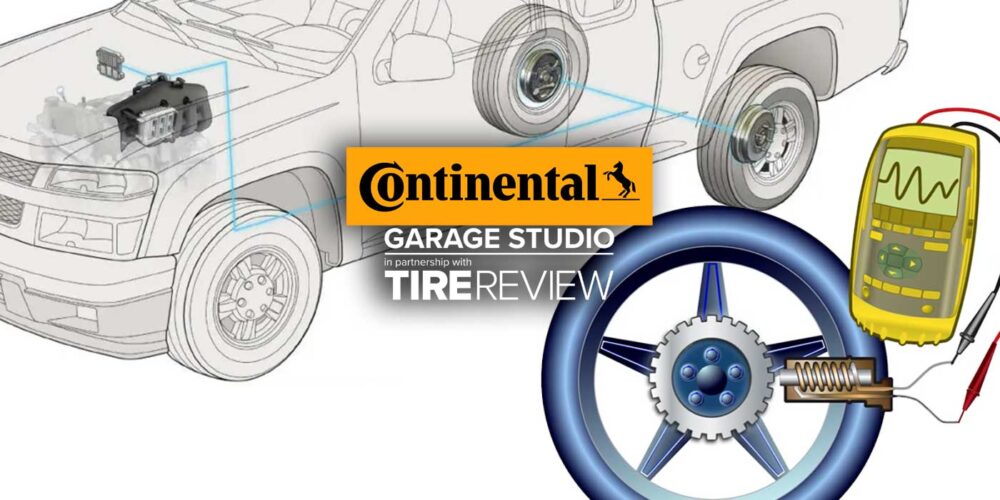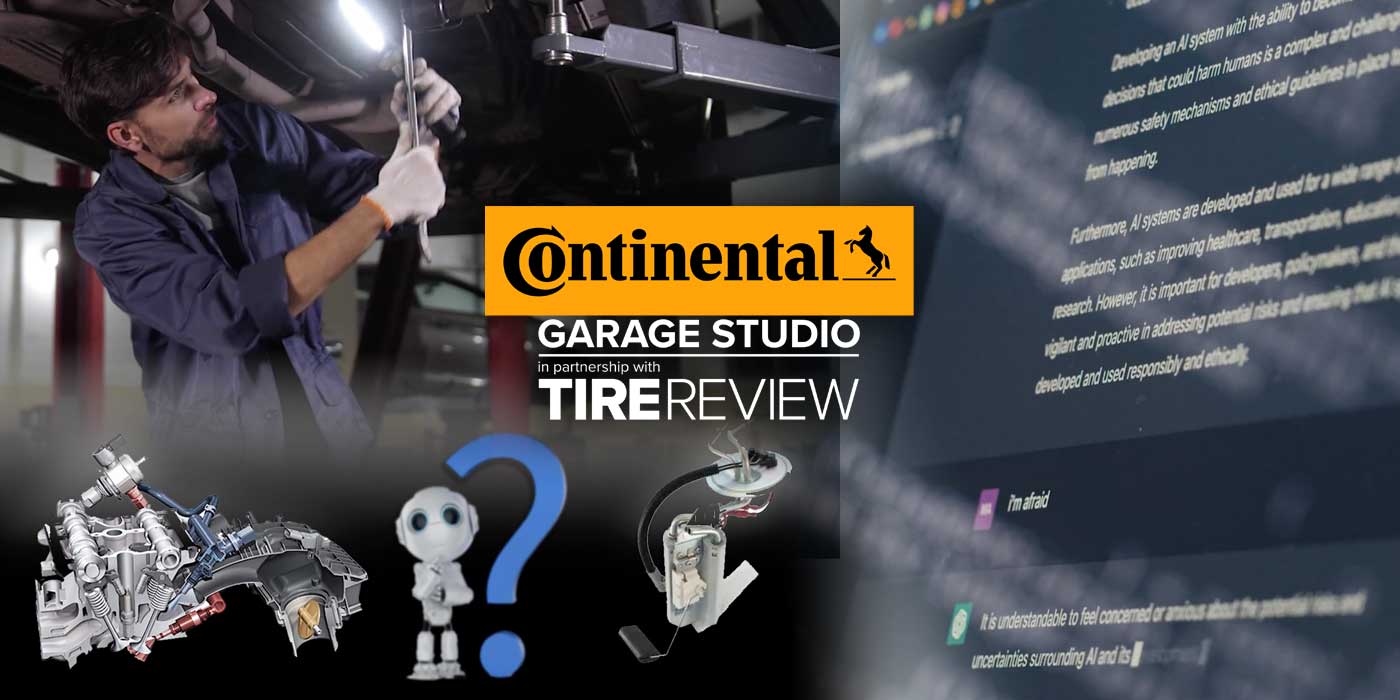Ah, youth. Wouldn’t it be nice to look young forever? With anti-aging products, scientific findings and more, we often can slow the aging process. Did you know that tires age, too? We’ll talk about the stress tires go through and how this can lead to cracked rubber, in this episode of the Tire Review Continental Tire Garage Studio series.
As mentioned, tires go through some crazy stuff. They stretch over time as they roll, are exposed to acid rain, brake dust, harsh chemicals, sunlight and let’s not forget about the temperature fluctuation from hot summers to cold winters.
Like anti-aging creams, tires also have anti-aging chemicals in the rubber compounds, but the exposure to the elements causes rubber to lose some of its elasticity, which causes surface cracks. I guess we’re not that different from tires in that sense!
These surface cracks that do sometimes pop up on tires are referred to as weather checking, weather cracking and ozone cracking. These cracks are small and usually develop in the sidewalls or at the base of the tread grooves. However, they’re not always a bad thing. Sometimes, they’re cosmetic and don’t extend past the outer surface of the rubber, which means the tire doesn’t need replaced.
If a customer comes in with tires that have cracks in the sidewall that grow in length, depth or number, encourage them to replace their tires. These visible cracks can wear down quickly and turn into several major cracks that put the customer at risk of blowing out a tire.
If a customer comes in with cracks on a tire that’s only a few years old, this could be a manufacturing defect, which will need to be addressed and replaced as soon as possible.
If you see a tire with visible cracking in your tire shop, inspect it thoroughly. In most cases, even if the tread depth on the tire is still healthy, you will want to replace them.
The best way to prevent cracked rubber is by shielding tires from the elements as much as possible. This can be done by parking in a garage away from direct sunlight, cleaning off snow and mud from the tires after driving and by keeping tires properly inflated to reduce strain placed on the rubber.













